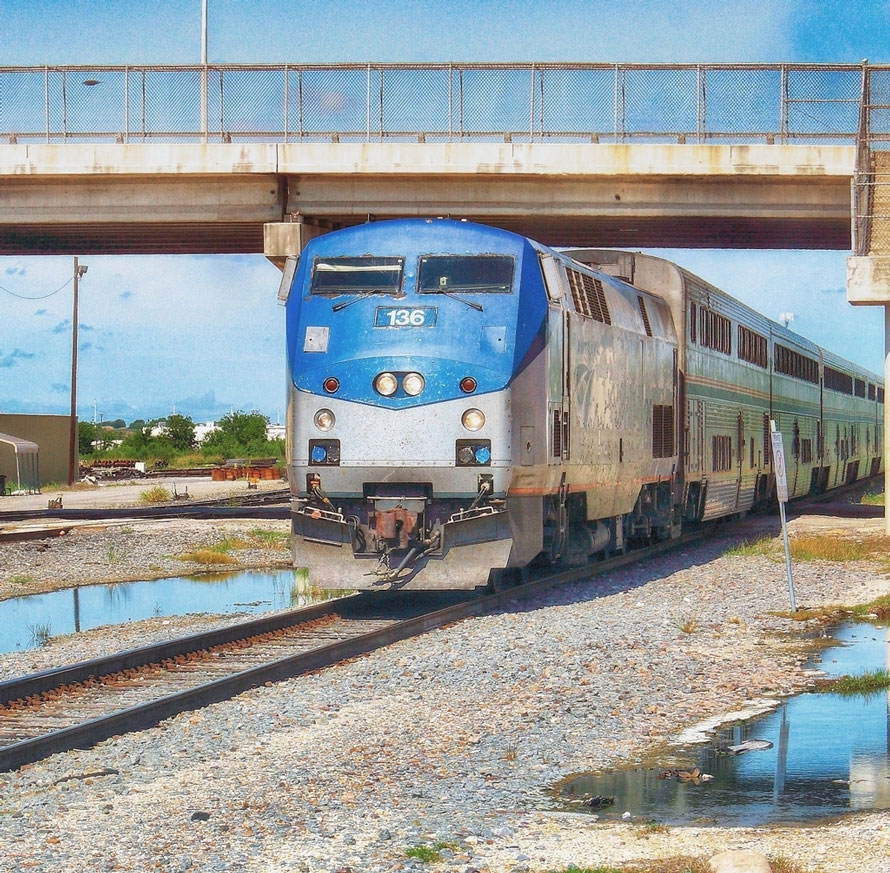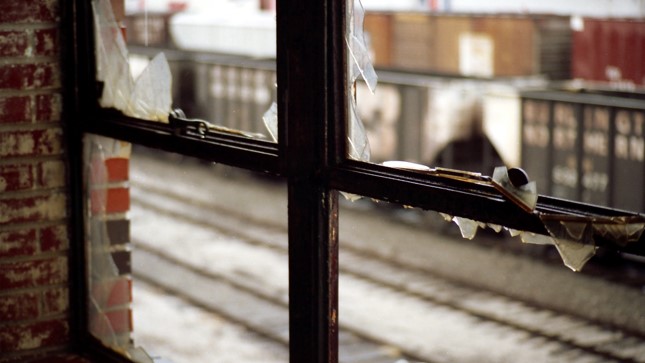August, 1958
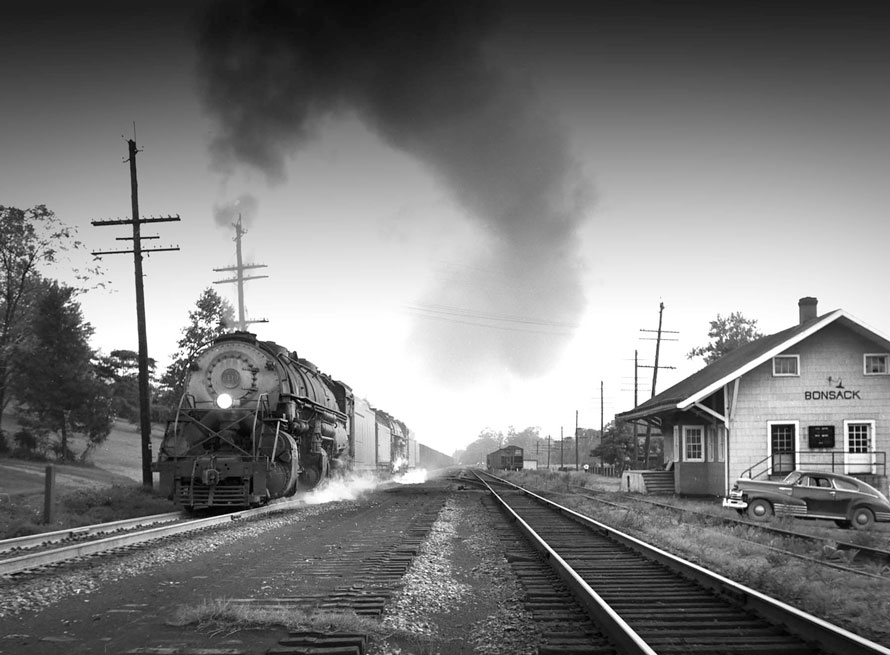
Once, routine was a fact of life on the railroad. Whether by timetable, by train-order or simply by custom, everyone had a general idea of what to expect at any given time of the day or night. So too in Bonsack, Virginia, not ten miles from Roanoke, where a heavy steam-powered coal train will go into the Blue Ridge mountains this evening before nightfall. And even as the station agent is shutting up shop and the sound of crickets fills the air, there is a distant thunder of two articulated steam locomotives beginning their nightly climb away from the Roanoke Valley.
There is certainly history in this place, settled as it was after the Revolutionary War in 1783, and what’s more, its original station was burned to the ground by Union troops in 1864. But at least as important as recorded history is how entwined the Norfolk & Western Railway was with the people and the landscape along its tracks in the middle of the last century.
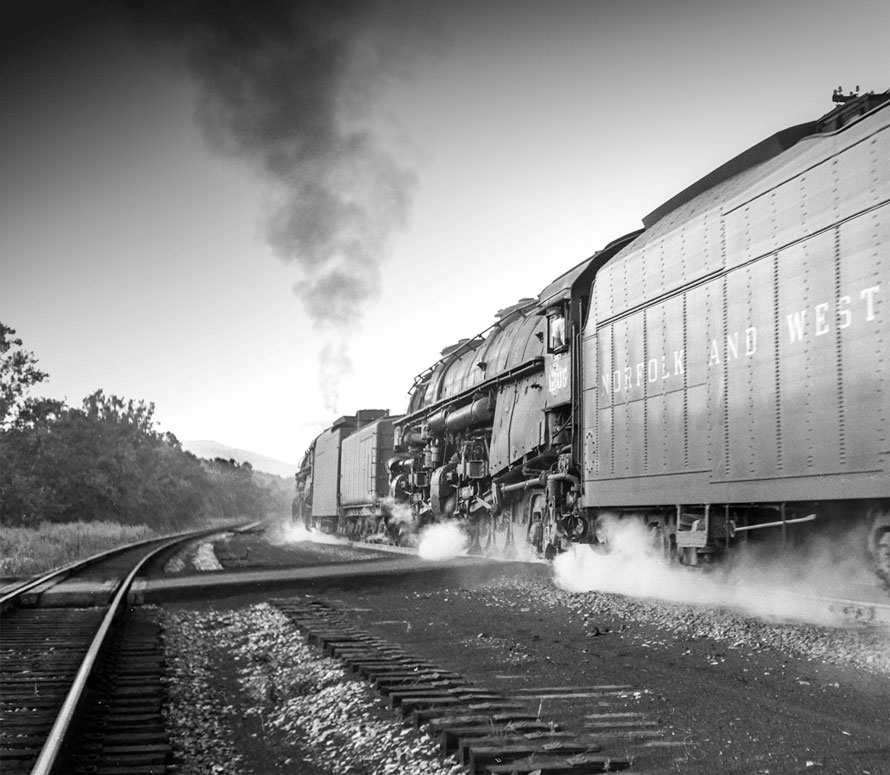
When I think back sixty-one years to these late-evening scenes, I’m reminded of a time when an emotional connection with the landscape—and by extension, with the railroad that ran through it—seemed fixed and enduring. It’s a feeling never better expressed than in the haunting last bars of Aaron Copland’s musical tone-poem, Appalachian Spring.
Indeed, in the darkening minutes it has taken for this long train to pass, Bonsack and its modest station have been changed into such an elegiac nightfall as Copland created in his music. Silenced crickets have welled up again from the deep shadows, and the sound of the receding train has become the ageless immensity of the Blue Ridge.
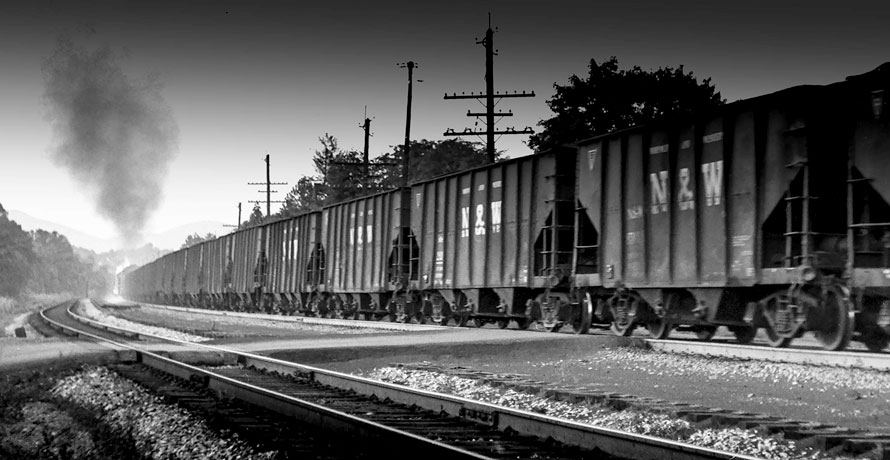
History is one thing, and continuity another. In 1958 both were there for the taking in rural Bonsack. If only for the time being.
Robert Field – Text and photographs Copyright 2019
